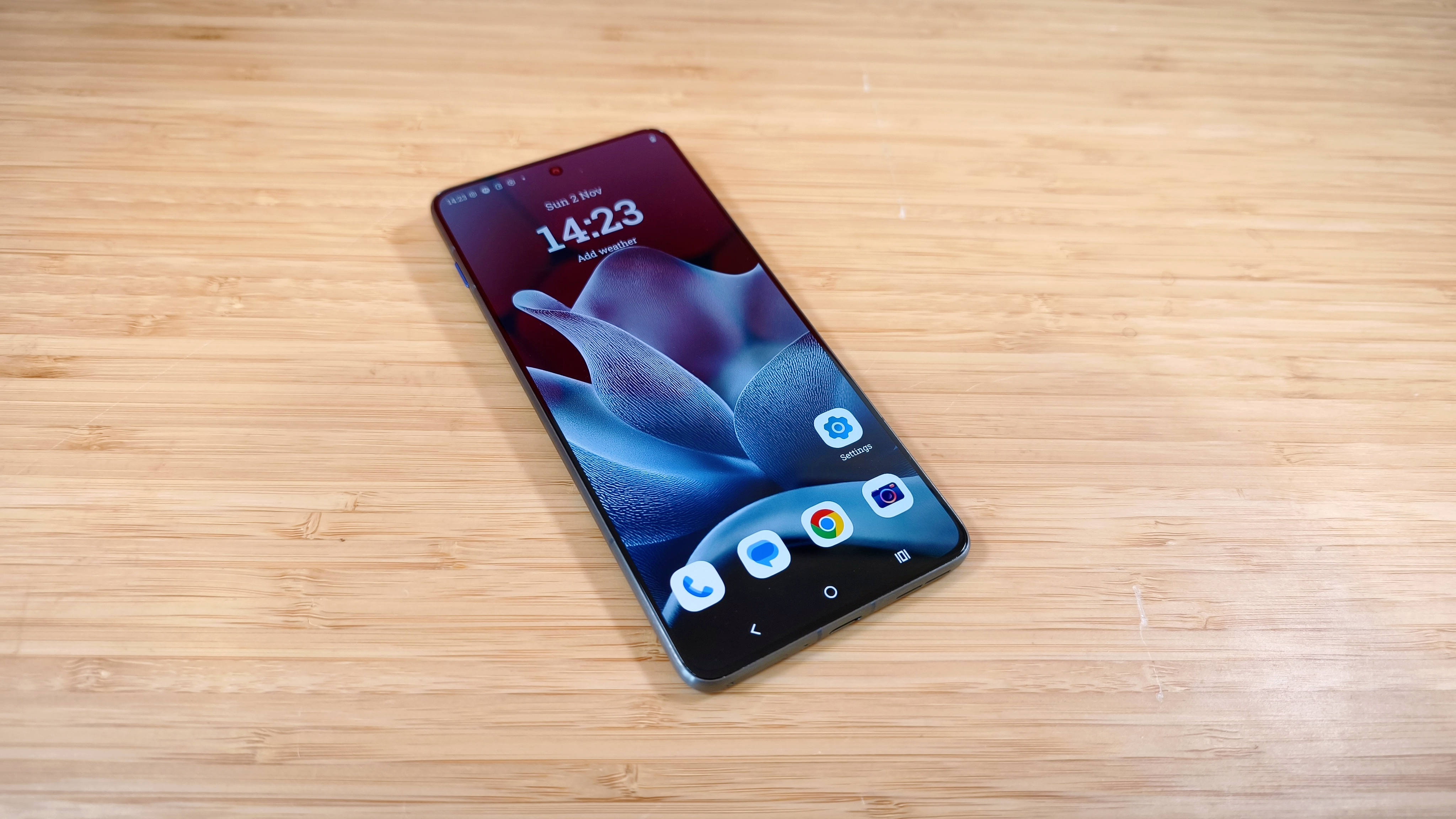Convince clients to commission your crazy ideas
Ben & Julia Studio explain how to develop your design career with experimental work.
Best known for their strong characters, diverse styles and penchant for the surreal, French-Swiss creative duo Benoit Créac’h and Julia Gaudard - aka Ben & Julia Studio have been making waves with their experimental film and artwork since launching the studio in 2006.
If you’ve been to London recently, you might have seen their psychedelic Nike Air VaporMax loop animations beaming across the tube. The mix-media moguls use everything from puppetry to 2D, 3D animation and live action to bring their projects to life for big name clients including Volvo, Diesel and Pizza Express.
So how do they find time to experiment, explore and confidentially marry so many fields of design in their client work? And how do they get clients on board with their progressive creative ideas?
We caught up with the pair at OFFF 2017 to find out. Here are their seven top tips for convincing clients to commission your crazy ideas…
01. Love the learning process
Benoit Créac’h: We find time to experiment because we’re passionate about what we do. We love the craft and the learning process. Julia and I have developed different skills through the years, and we love to teach each other.
02. Equipment boosts creativity
BC: For 10 years we’ve regularly invested money and time into equipment and material. It’s always rewarding. If you get a camera, what happens next is you start shooting more, you buy 5kg of Super Sculpey doll-makers sculpting clay and some nice tools. If you do that, of course you’re then going to come up with new sculptures to cast.
03. Scale up your creative playground
BC: We realised that in our field, equipment is crucial – but with equipment comes the need for more space. Last year, we had the opportunity to increase in size with two additional workspaces, enabling us to work at a bigger scale. It’s a 180m2 creative playground.
Daily design news, reviews, how-tos and more, as picked by the editors.
The first office is now a post production boutique, with two 4K workstations, an audio recording booth for voiceover and single voice recordings. There’s 12 Bit monitoring for grading, a 60-inch and 4K Playback monitor with Licenses Avid Media Composer, Pro Tools, Adobe Suite, DaVinci Resolve Studio, Dragon Frame.
In the shop next door is the workshop or atelier space for all the painting, building, sewing, sculpting and moulding that our projects often require. It’s also fully equipped with loads of raw materials, DIY tools, a vacuum pump for bubble-free moulds and casts, and an air brush compressor as we often work with foam, platinum silicone, resin and epoxy when creating puppets or wonderful costumes. Our third space is a shooting studio.
We dreamt about a place like this, where you can come, be inspired and get creative using whatever medium you want, at any time of the day. When we’re contacted for a project now, it isn’t rare for us to start shooting some elements the next day. And most importantly, it enables us to reshoot and amend at any time of the production without hassle.
04. Do a music video
BC: Pure experimentation during client work is the kind of setup doesn’t really exist in real life, sadly. If it’s a commercial project and someone’s money is involved, people will usually ask you to do something that you’ve done before, or something that was done by someone else who they couldn’t reach - that’s when you shouldn’t pitch at all.
This is why if you want to create ads and at the same time have a future as an artist, it’s pivotal to develop personal projects. And do music videos - it’s still true.
05. Know when to say no
Julia Gaudard: Brands and agencies generally approach us with a concept or script, along with a budget, and we simply propose solutions that respect the ballpark. What differentiates B&J Studio from the others is that if a project doesn’t excite us, we don’t do it and we can continue just fine. We don’t need to.
Our experience with creative studios is that very often the person leading the company can’t afford to be creative anymore, because they are too busy keeping the company on wheels. That’s why we always develop personal projects on the side; scripts; artworks.
It’s like planting salads in your garden: of course you will still buy some at the bio shop next door, but you’re also able to eat your own when you need or want, and it tastes like no other.
06. Show clients what you mean
BC: If we could give any advice for pitching an experimental, daring idea to a client, and convincing them to agree to it, it would be to remember the following:
- Clients want to see what you mean – the actual thing
- Don’t spend too much time on the words and references
- Clients want to see and touch and change. Find a way that you can spontaneously create and amend
- Work fast and big, and create images in the same way they will be shown
Why is this such an effective technique for pitching? Because the process is entertaining, and keeps you active and creative. Also, because you end up with something real – images or creatures instead of folders full of references from others.
07. Write your own script
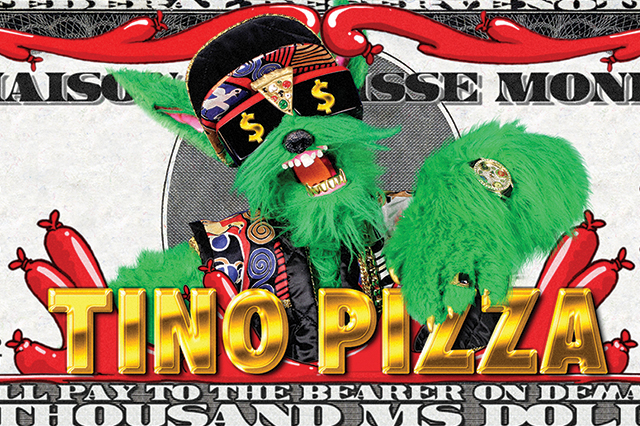
JG: The most progressive project we’ve done recently is called Tino Pizza, which we’ve been developing for two years. When we presented the scripts for the first season of the series to our producer and decided to do the pilot, we knew it was risky – but risk-taking is pivotal. That’s the only way that great things can come to life.
It’s 17 minutes of 2D, 3D, model sets, puppets and live action, produced entirely at Ben&Julia Studio – including music, recordings, shooting, post… all. It was the first time we could do anything we wanted. We could make the characters say what we wanted them to say, do visual experiments, make music… We went bananas.
08. Be fresh
BC: The first episode of Tino Pizza is mostly shot in chroma key, even though we had a lot of fury dudes. It features three music videos, more than a dozen of characters in total and around 11 different model sets.
We wanted to create something totally wild and fresh, which for a puppet show is revolutionary, because ripping off Jim Henson’s work and developing extremely bad taste characters is common law when it comes to marionettes.
Also, working on such a long format was new to us. But now the production is finally coming to an end, and we have definitely grew bigger as creatives. We proved to ourselves it was worth the many sacrifices.
See more of Ben&Julia Studio’s work on Vimeo and in the gallery below.
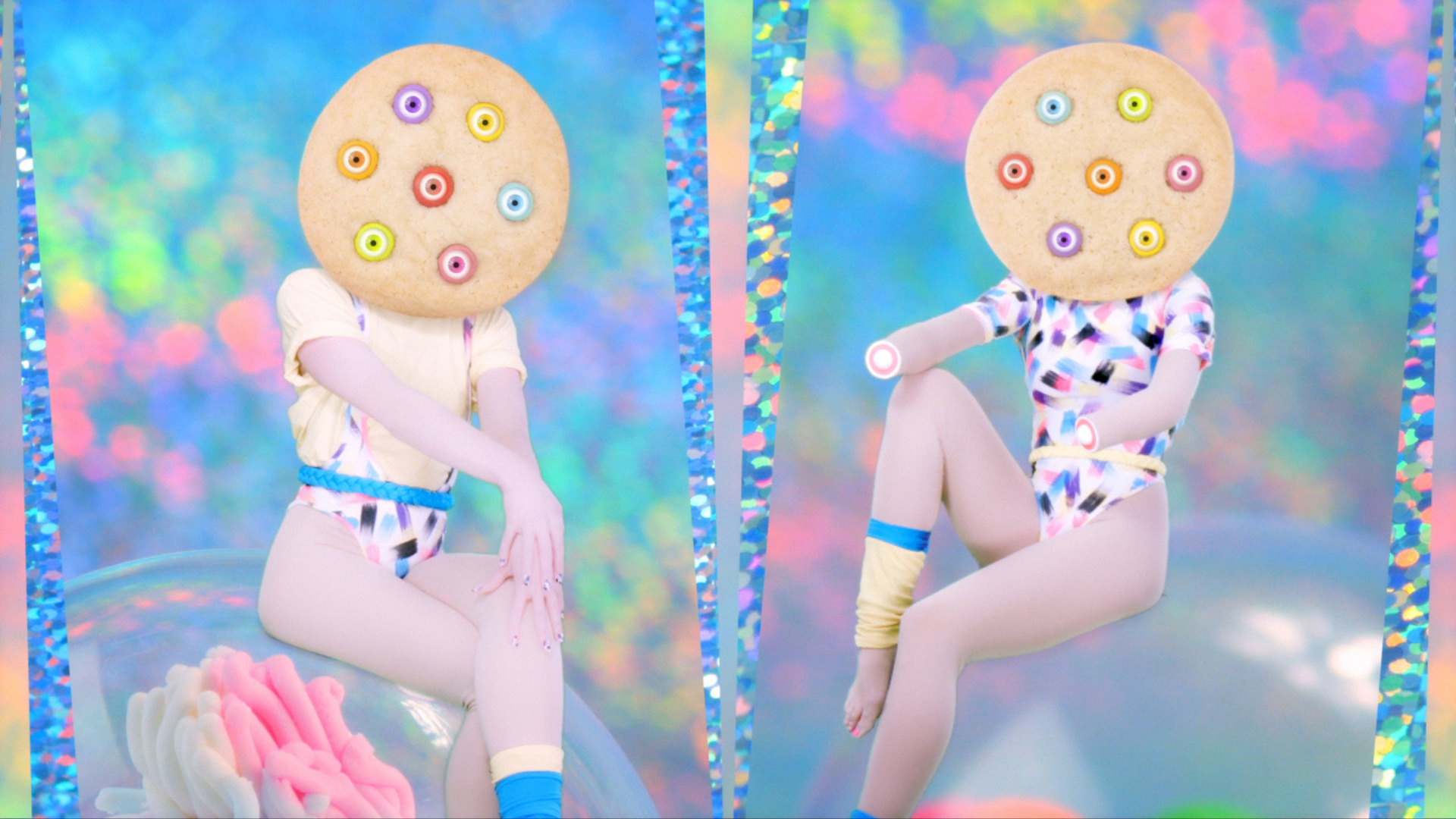
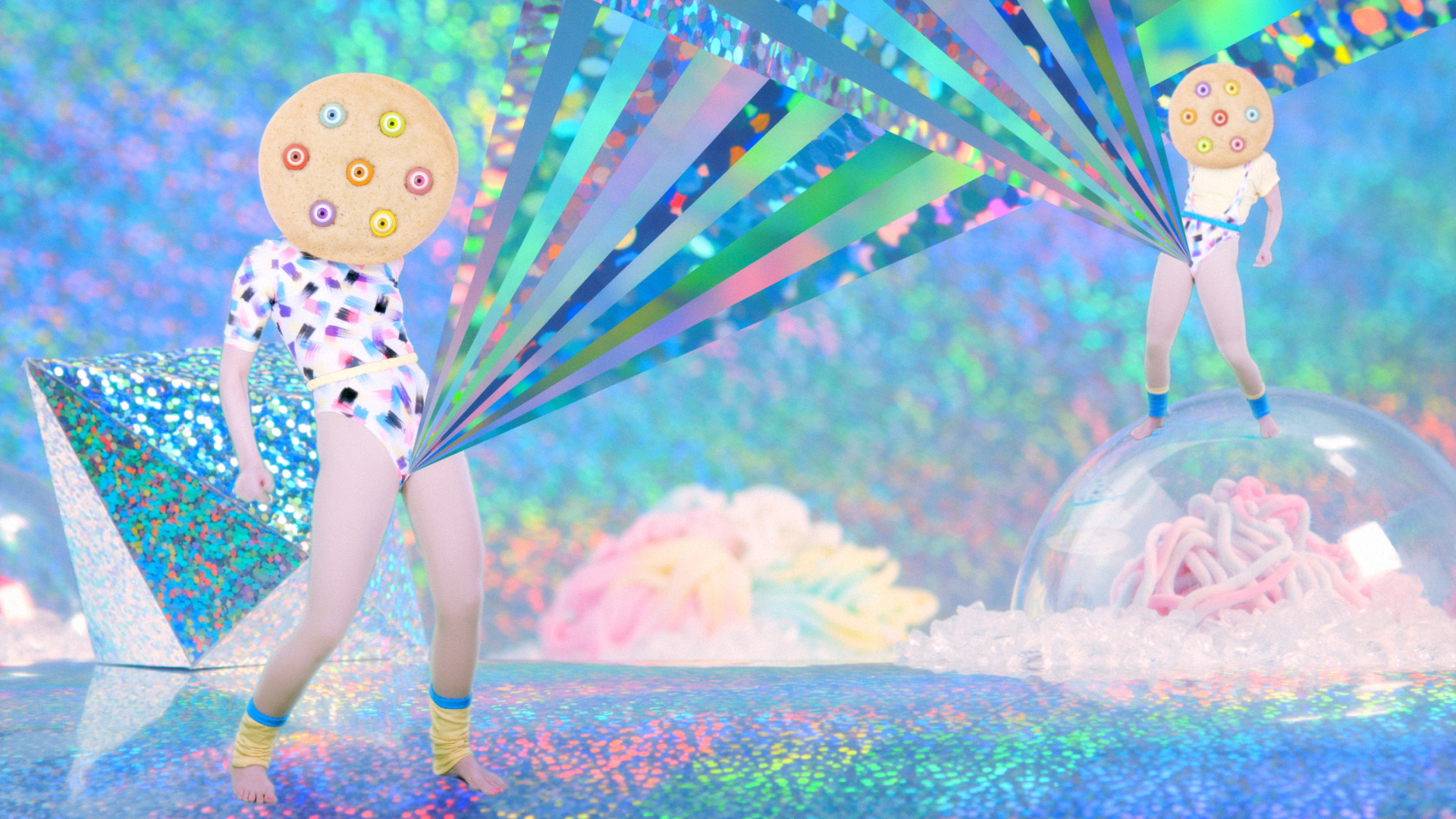
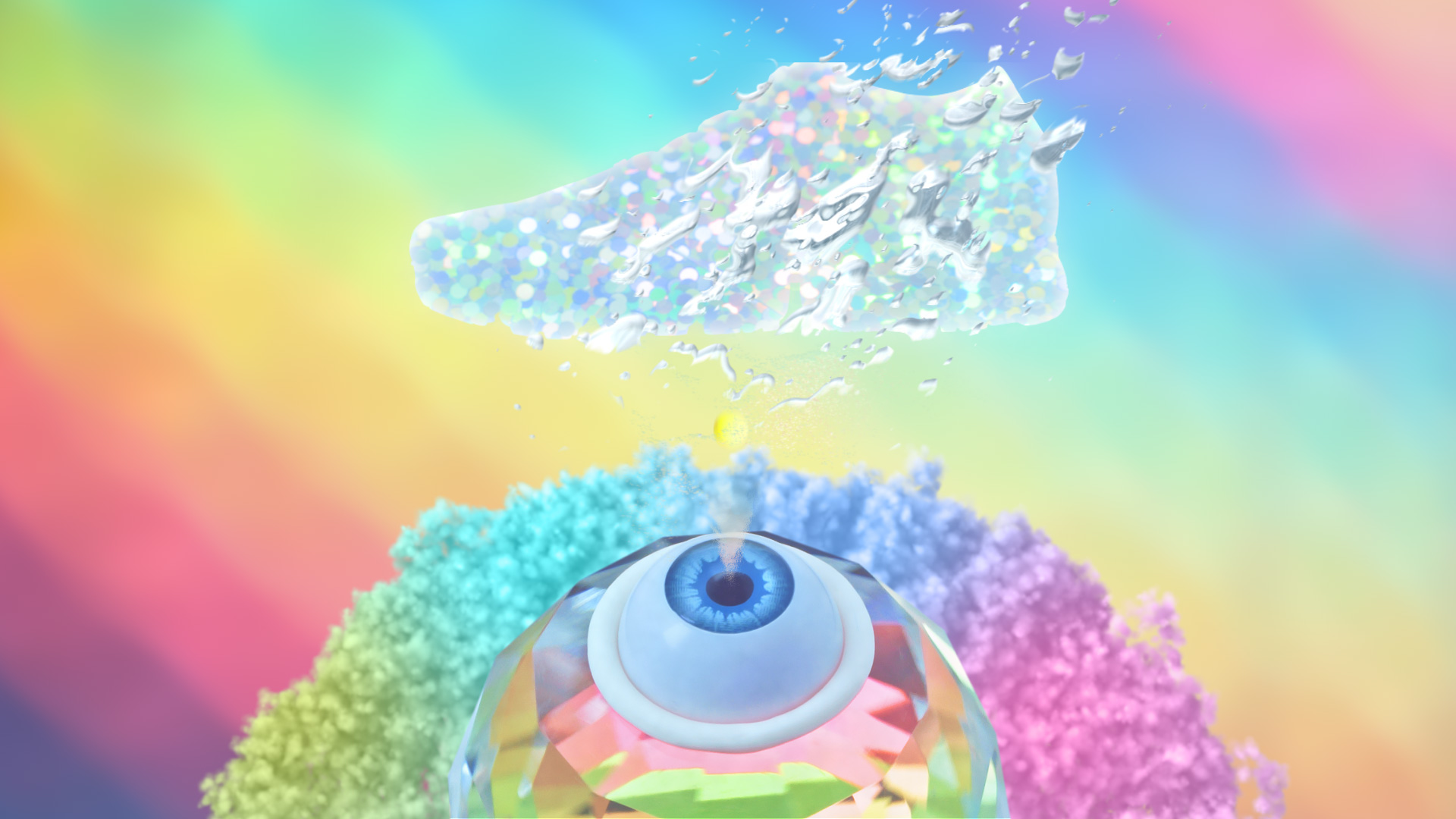
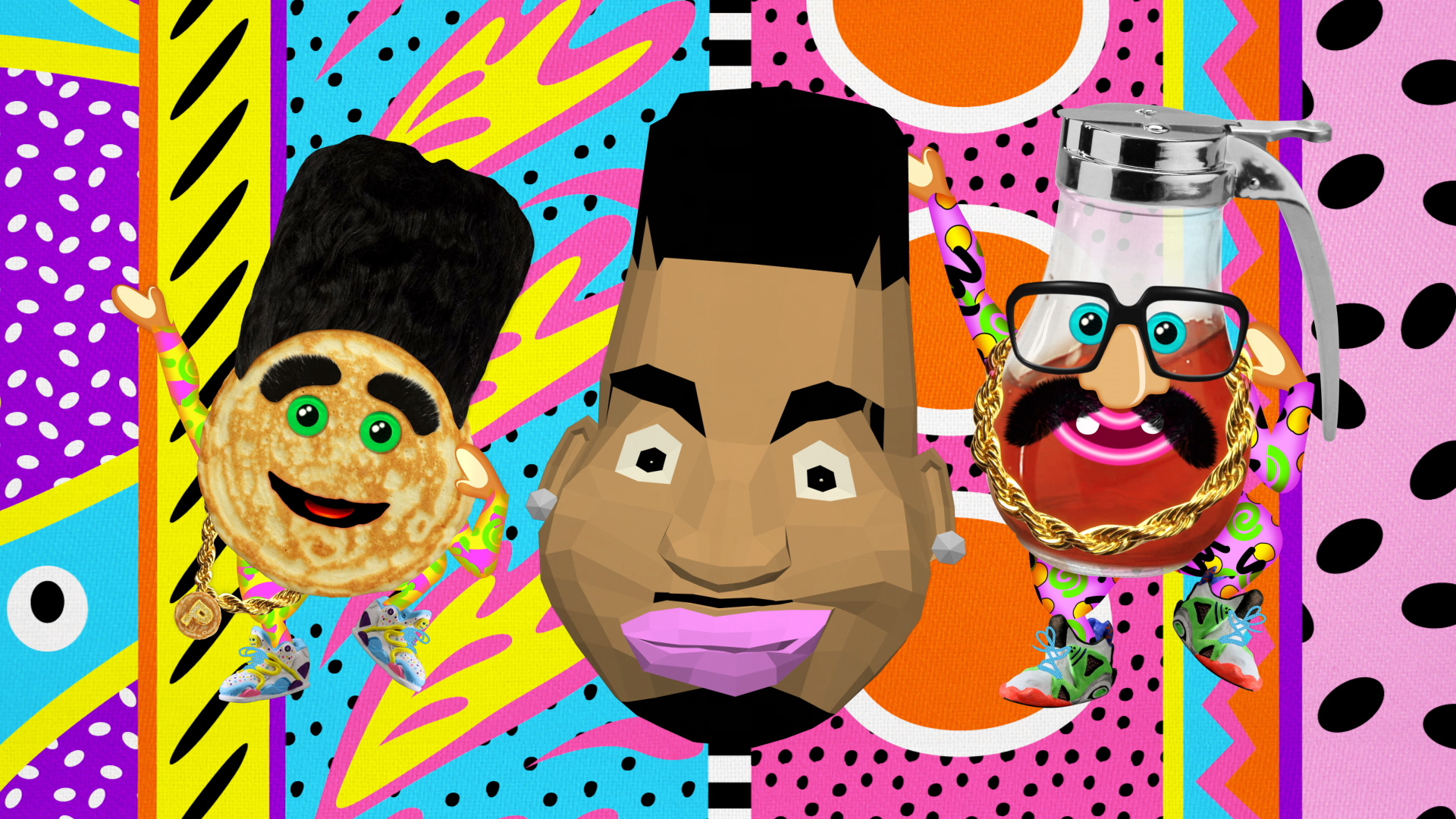
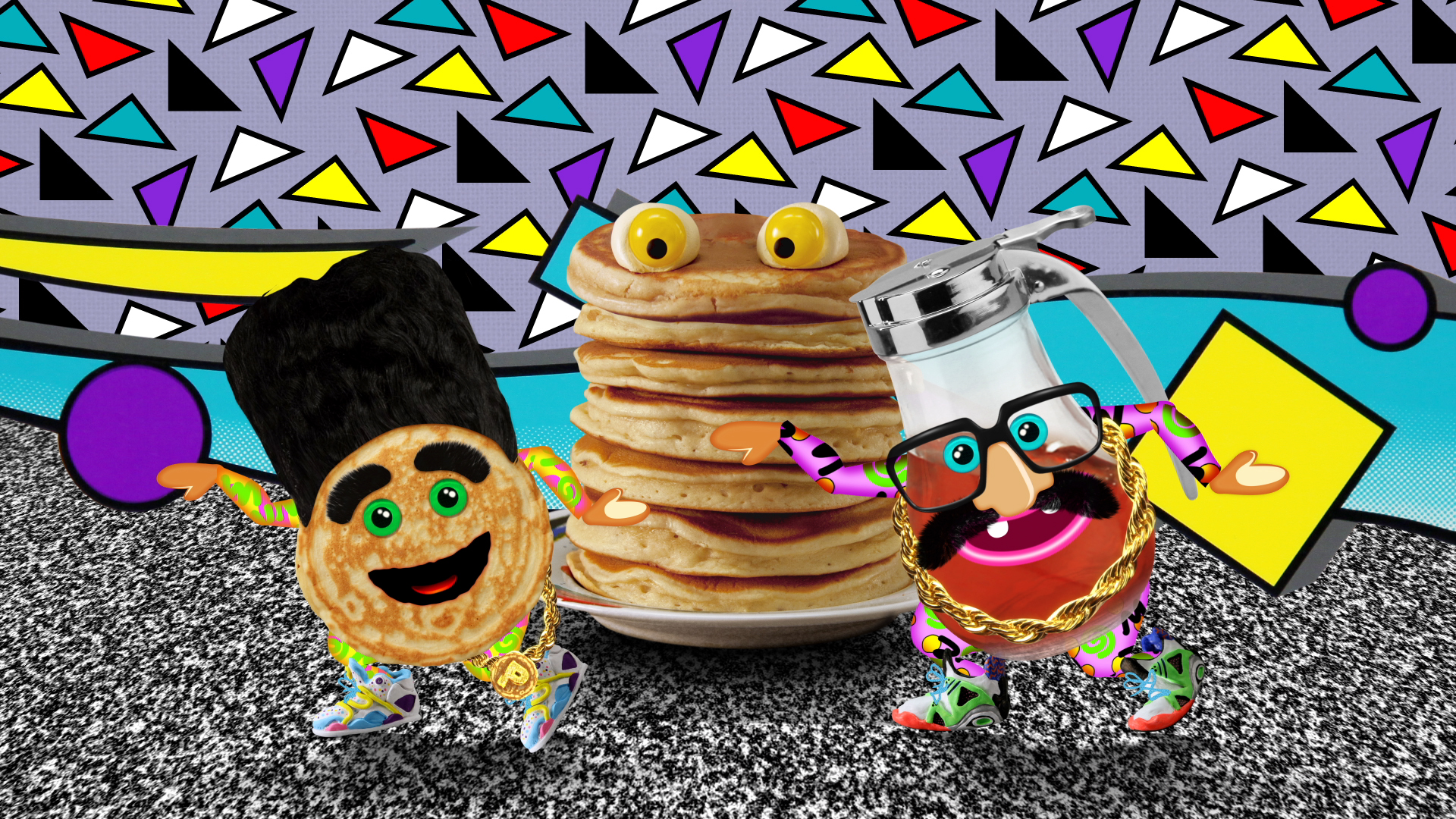
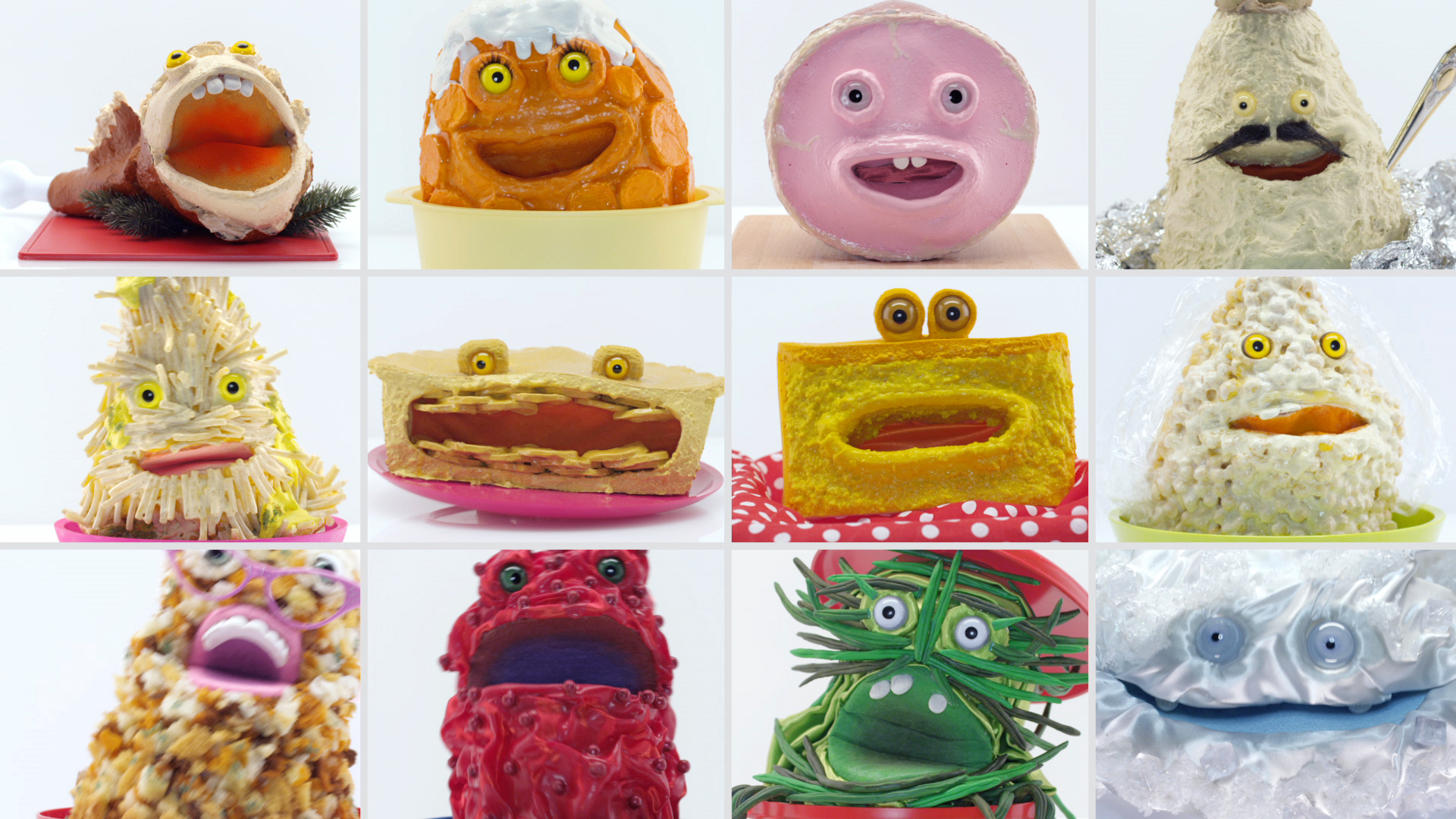
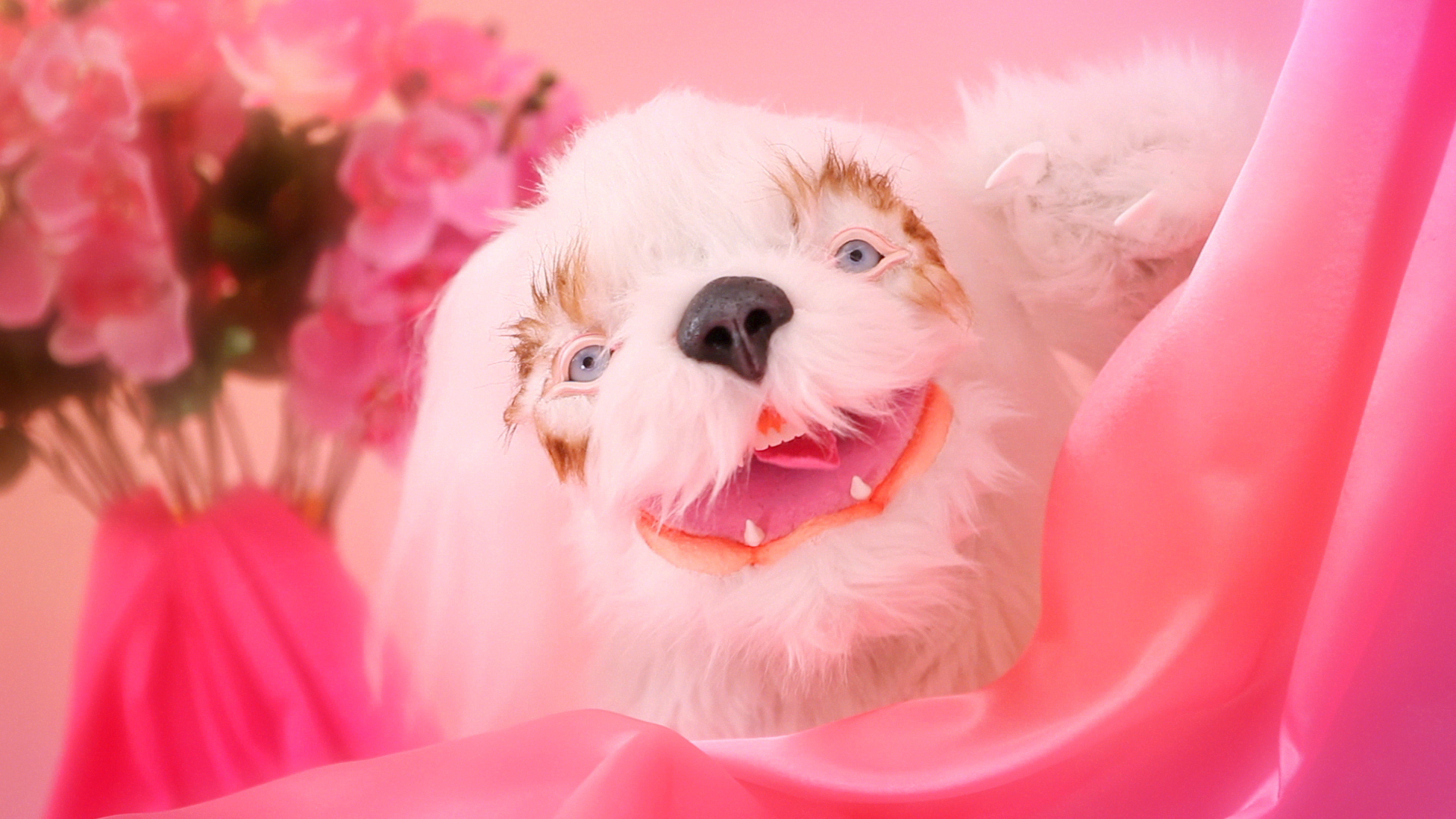
Related articles:
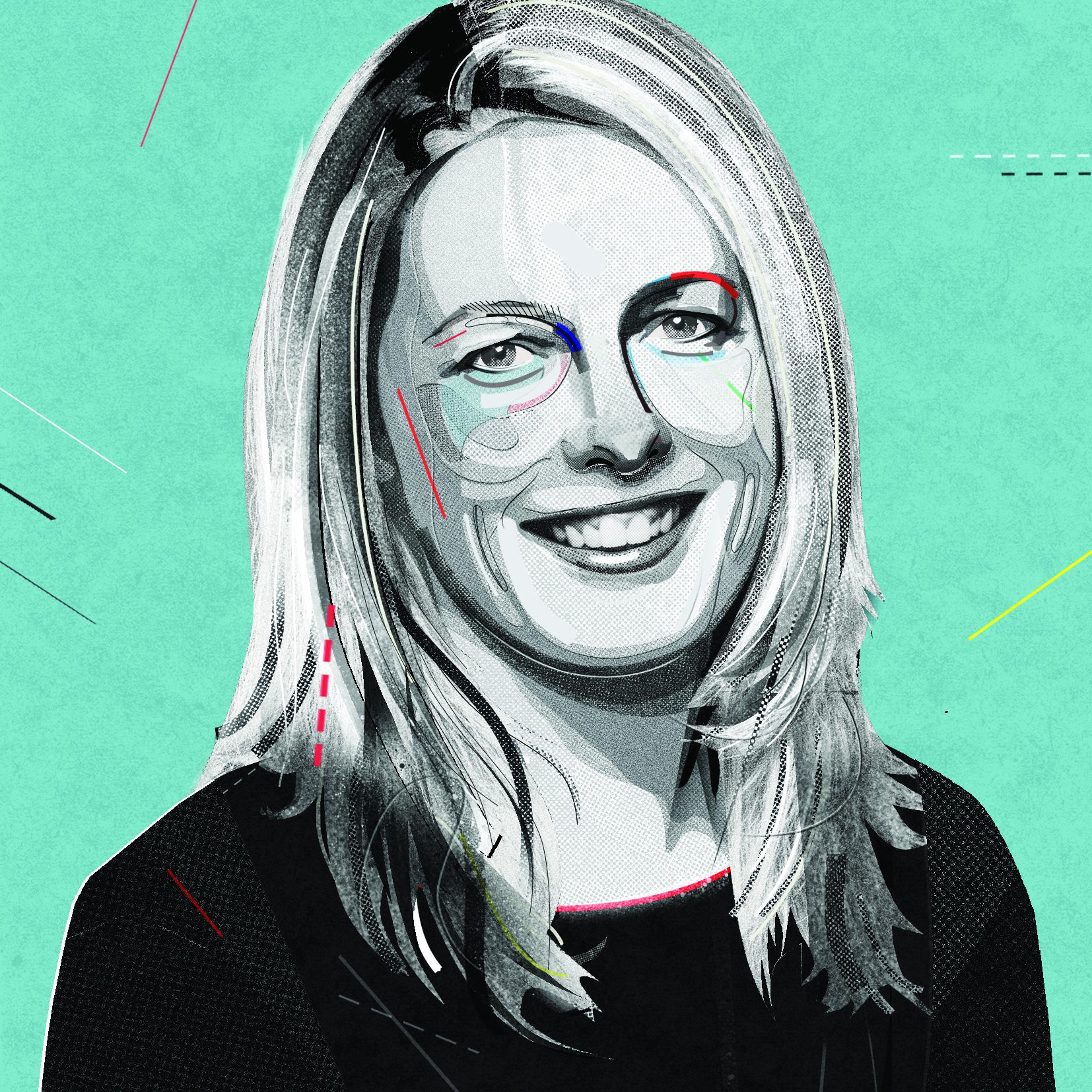
Julia is editor-in-chief, retail at Future Ltd, where she works in e-commerce across a number of consumer lifestyle brands. A former editor of design website Creative Bloq, she’s also worked on a variety of print titles, and was part of the team that launched consumer tech website TechRadar. She's been writing about art, design and technology for over 15 years.
